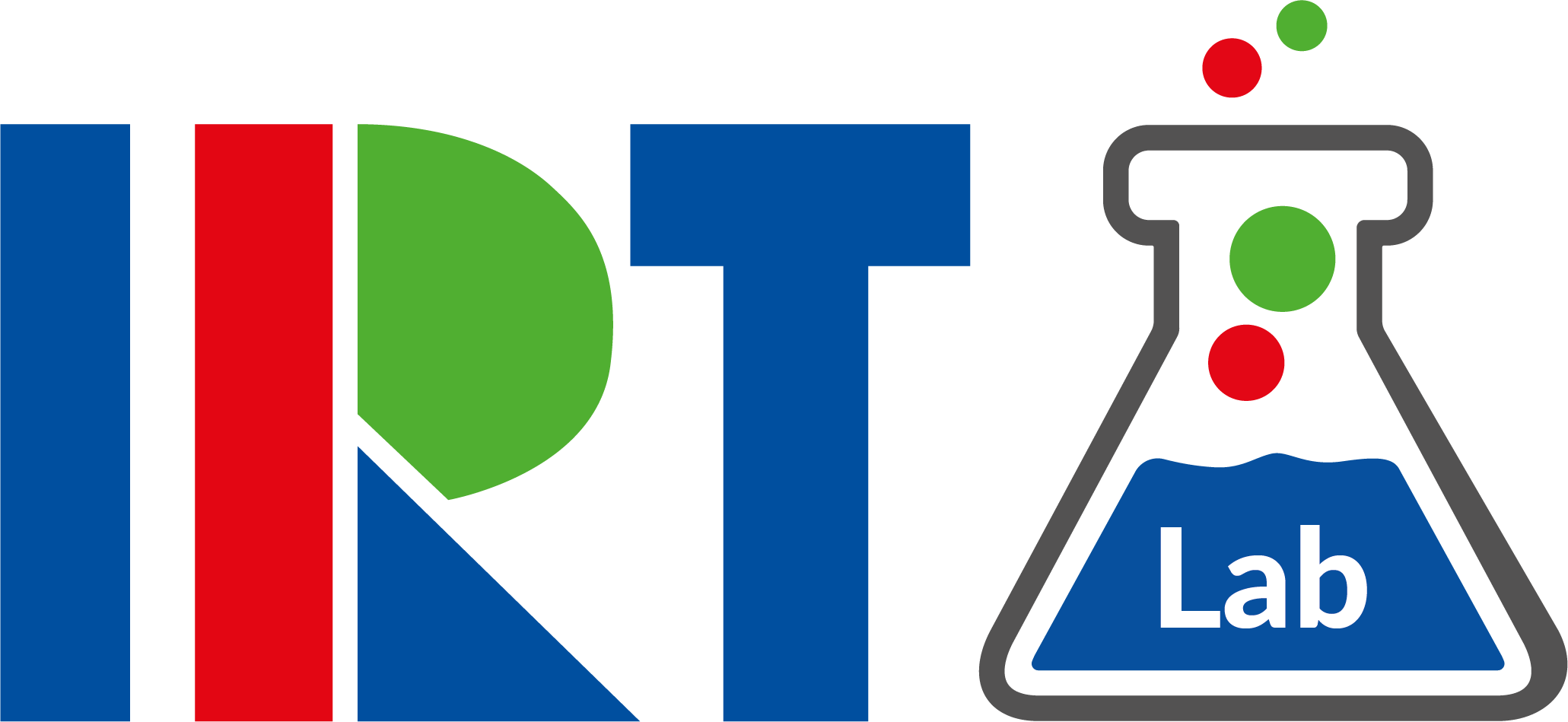What we’ve done
We have built a companion-screen application for the children’s quiz programme “1, 2 oder 3“. The app allows children at home to play along, just like the children in the show, using a floor pad. The floor pad uses a Raspberry PI single-board computer to connect to an HbbTV application on the TV via HbbTV2’s DIAL protocol. The HbbTV application uses HbbTV 2’s App-to-AV synchronization feature to synchronize itself to the broadcast programme. This way it can present questions, response options and correct answers at the same time as they are mentioned by the quiz master on the show. Players at home can compare their scores to the scores of the teams in the show.

To detect the viewers choice, the pictured floor mat uses sensor pads, which where originally part of cat doorbells. The sensor pads are covered with printed PVC mats. The floor pad uses WS2812 LED strips to provide feedback on the quiz application’s state, this includes for example user’s current choice and correct answer.
In addition to the floor pad, we’ve developed a board game. The playing fields are made of acrylic glass, which is illuminated from below by before mentioned LED strips. Reed switches below the playing field detect the magnetic field released by magnets in the playing figure. The application on the Raspberry PI sends the corresponding response to the HbbTV application via the “App-to-App communication” channel specified in the HbbTV 2 specs. To get an impression of how this looks like, watch the below video.
Why we’ve done this
Information technology (IT) is omnipresent. Educational programmes such as the BBC’s micro:bit project launched in 2012 or its German counterpart Calliope are intended to enable children to make conscious use of IT instead of just consuming IT products. The fact that it is also a pleasure to tinker with technology is manifested in the growth of the so-called “maker” scene, which organizes itself in clubs in which young and old realize projects together.
Our demo shows a TV programme related application to motivate children to deal with IT concepts. Our above described floor pad setup was chosen to meet requirements with regards to robustness for our demos at trade fairs. In fact, a floor pad with the same functional properties could be easily built by children at home from carton and aluminum foil, as shown for example in this tutorial. Our board game shows that the design possibilities for companion interfaces are manifold and that there are no limits to the creativity of the tinkerers.
As our companion application allows to play along just like the children in the studio, it can arouse the feeling of participation and immersion. The tangible interface we created, demonstrates that HbbTV enables forms of interaction in a TV context, that go way beyond the classic “second screens” such as tablets and smartphones.
Background on “1, 2 oder 3”
The concept of the show comes from the USA, where the it was aired from 1972 to 1973 under the title “Runaround” on NBC. It also ran on iTV in the UK between 1975 and 1981. But in neither country the show was as successful as on the German ZDF, where it is still broadcast weekly. In the show, three teams of three children who typically represent their school classes compete against each other. The moderator asks questions, which the players answer by jumping on one of three fields on the studio floor, which represent the response options. Players on the right response field collect points for their team.
Try it out!
To experience our demo live, come and visit us at IFA, IBC or Münchner Medientage.
Acknowledgement
This demonstration would not have been possible without the continuous support of the ZDF.
Thanks to Tyneshia Daniel and Jared Baile from the University of Cincinnati who shot the demo video of the board game during a 4 weeks internship.
The work presented in this blog post was supported by the EU funded H2020 ICT project 2-IMMERSE, under contract 687655.

